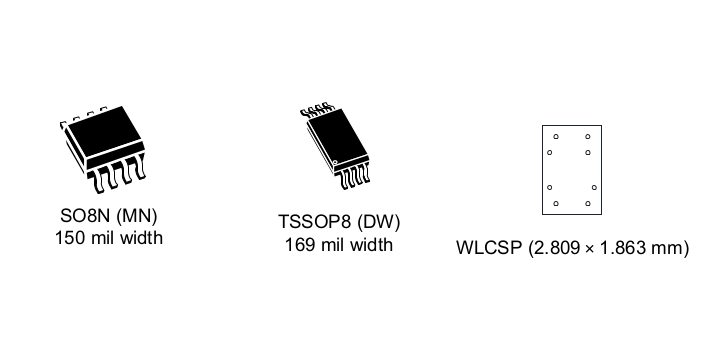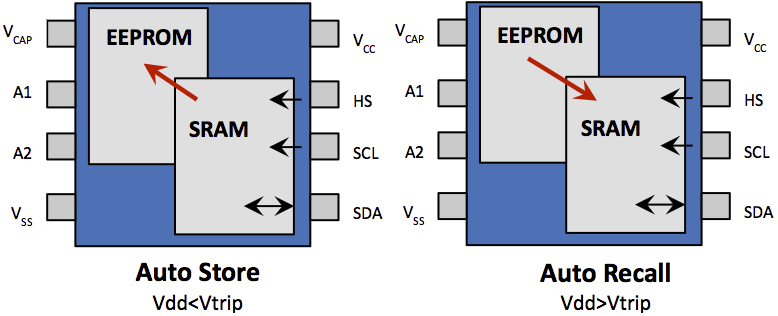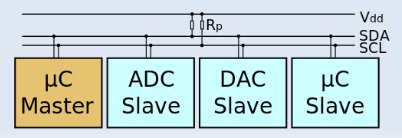EEPROM chips are often used to store configuration information and connected over I2C. But there are also SPI EEPROM, and STMicro has just announced one of the largest ones with M95M04-DR 4-Mbit serial SPI EEPROM. M95M04-DR key features: Capacity – 4 Mbit (512 Kbytes) of EEPROM with 512 bytes page size and additional write lockable page (Identification page) Host Interface – Serial peripheral interface (SPI) bus Write time – Byte Write within 5 ms, Page Write within 5 ms Write protect – Quarter array, half array, and whole memory array More than 4 million Write cycles More than 40-year data retention Max clock frequency – 10 MHz Single supply voltage: 1.8 V to 5.5 V Temperature range – -40°C to +85°C Enhanced ESD protection (up to 4 kV in human body model) Packages – SO8N, TSSOP8, and WLCSP The company explains their latest high-capacity EEPROM enables equipment such as smart […]
Microchip EERAM Combines SRAM and Backup EEPROM into a Single Chip
Most micro-controllers comes with both SRAM volatile memory, and flash or EEPROM for non-volatile (persistent) memory, but Texas Instruments – and other companies – have been selling MCUs with FRAM (Ferroelectric Random Access Memory) and standalone FRAM chip, a non-volatile memory that delivers performance and power efficiency similar to SRAM, and much better endurance that either flash or EEPROM. You don’t see FRAM in that many MCUs and solutions, because it’s more expensive than having SRAM + flash, but some applications requiring ultra low power consumption and non-volatile storage write capabilities may benefit from the technology. Those include data logging, sensor networks, and batteryless applications. Microchip has also it own technology with EERAM, a non-volatile SRAM memory that includes a “shadow” EEPROM used to automatically backup data on power down with a small external capacitor providing enough power to save SRAM to the EEPROM. Once power is recovered (Vdd > […]
Board Bringup: You, Me, and I2C – ELCE 2012
David Anders, embedded systems developer at Texas Instruments, explains how to work with I2C in Linux based embedded systems at ELCE 2012. Abstract: Board bring up is one of the most under documented aspects of embedded development. I2C is such a powerful, low-cost, and ubiquitous method of communication, that a basic understanding of it’s usage is essential to the embedded linux developer to quickly bring up and debug embedded designs. This presentation will look at the various software and hardware aspects of working with I2C using simple case studies highlighting the implementation of an EEPROM and a GPIO Expander. Most embedded Linux developers at some point in their career will be handed a piece of hardware that is untested. This presentation intends to provide some information about core tools and methods for bring up of I2C interfaces and assorted I2C based peripheral devices. David Anders has previously presented at Embedded […]





